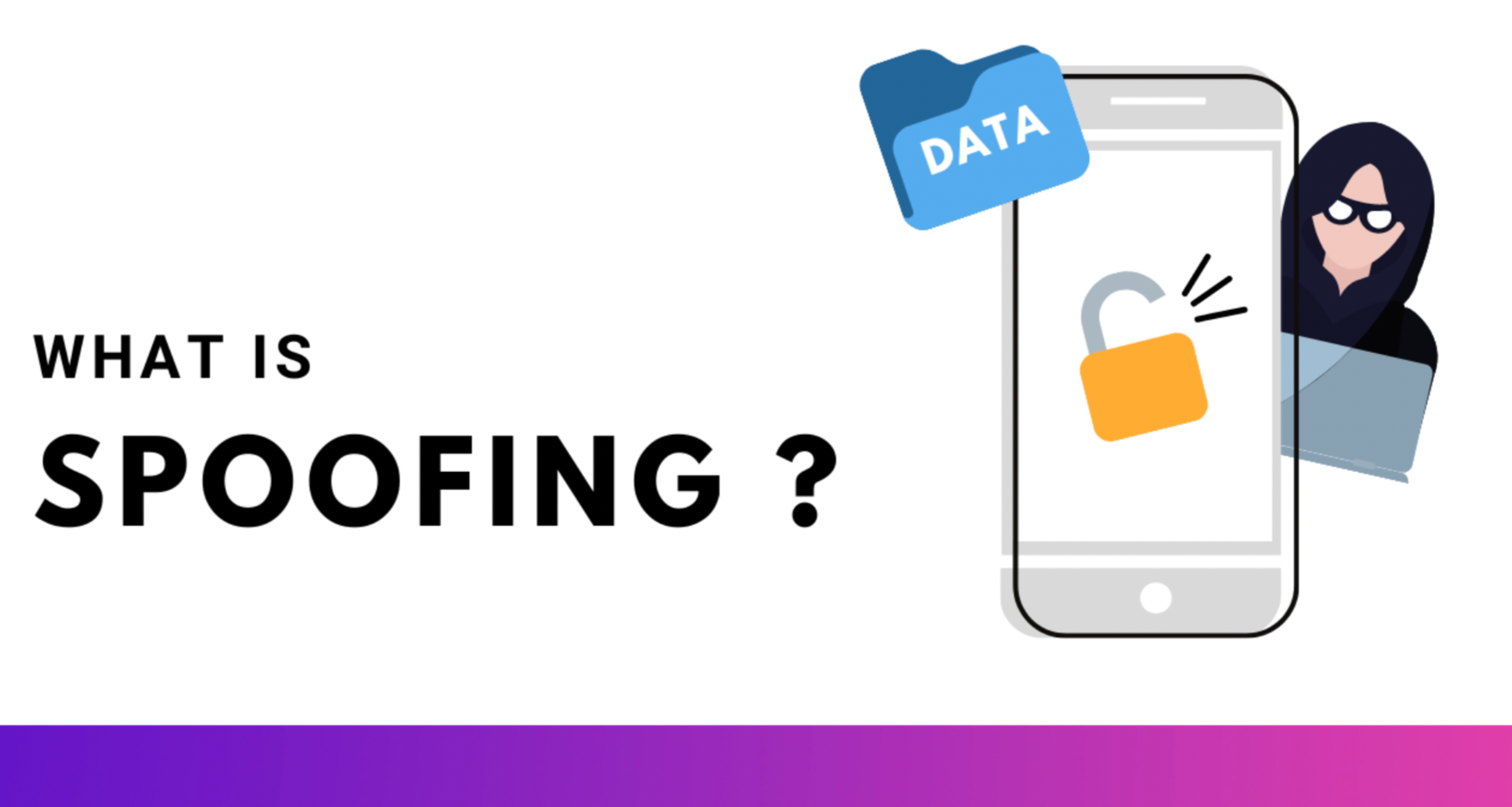Spoofing is a wide comprehensive term for when a cybercriminal masquerades as a trustworthy entity or device in order to persuade you to perform something that benefits the hacker but is harmful to you. Spoofing occurs when an online scammer assumes another person’s identity.
The spoofer plans their attack very carefully before acting on it, they study their victims to craft every detail specifically so that it is easy to allure them and their chances of succeeding improve significantly.
How does spoofing work?
There are two key elements involved in spoofing – one is the spoof itself, a fake email, phone number, or website second is the social-engineering attack, which makes the victim believe in the attacker.
For example, when a caller tries to impersonate someone from your bank and tries to get sensitive information out, you are a victim of phone spoofing.
The more sophisticated type of spoofing happens online when you get a spoofed email from PayPal regarding a purchase you never initiated, feared and concerned for your account, you will be motivated to click on the link included, and end up being a part of online scam that can result in losing your credentials to hackers.
A successful spoofing campaign can result in serious consequences, such as the theft of personal or company information, the harvesting of credentials for use in future attacks, the distribution of malware, unauthorized network access, or the bypassing of access controls. Spoofing attacks can occasionally lead to ransomware attacks or costly data breaches for organizations.
There are many different types of spoofing attacks, the ones associated with email, phone calls, and websites are comparatively easy to carry out. The more technical attack includes Domain spoofing, DNS spoofing, IP & ARP spoofing.









